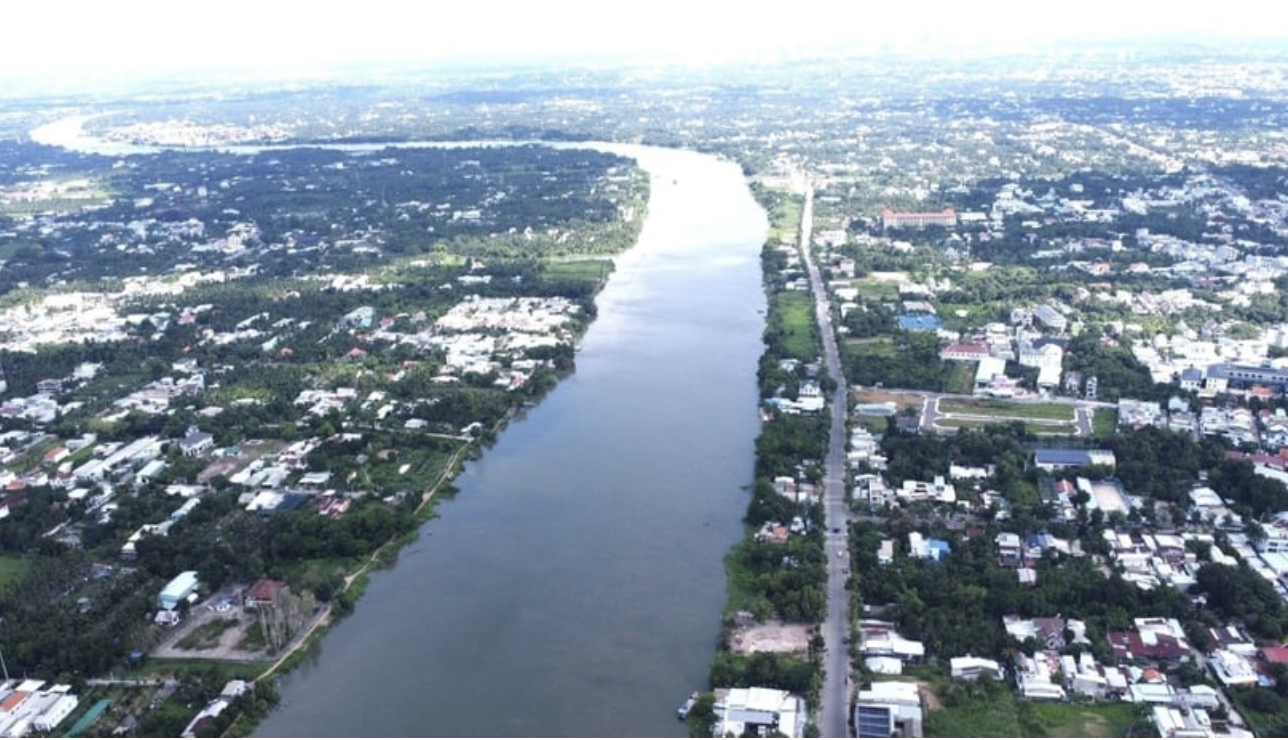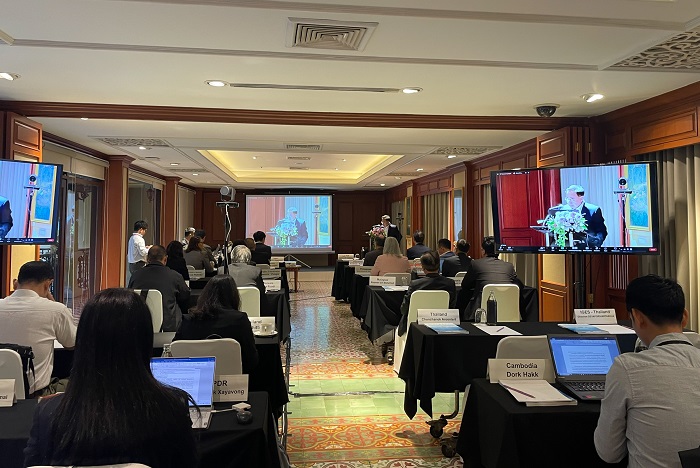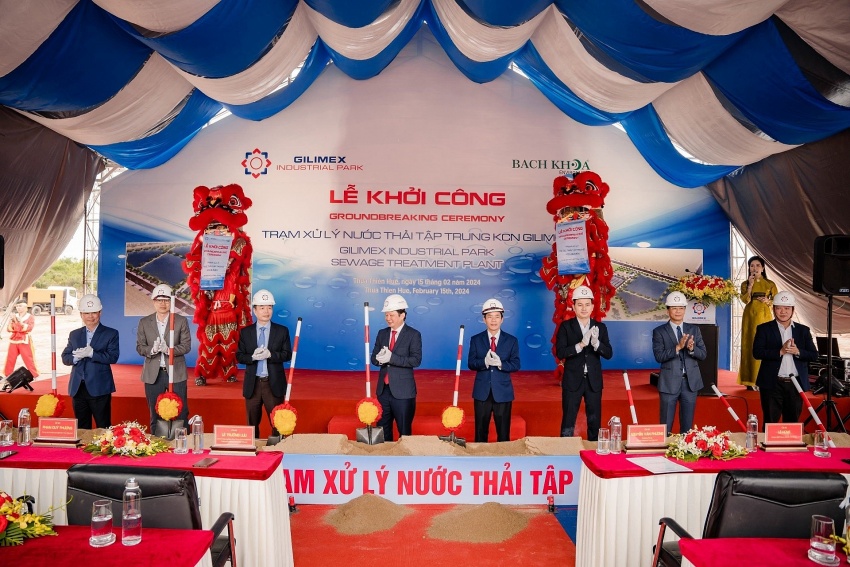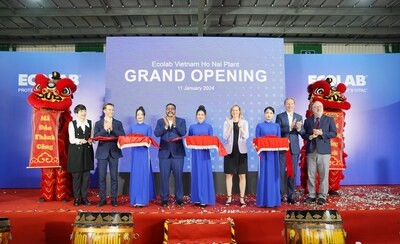Water industry sets smart water supply system a key goal
Improving service quality by promoting the application of information technology and digital transformation in a bid to building a smart water supply system is among key goals of the water supply and drainage industry in the coming years, Standing Vice President of the Vietnam Water Supply and Sewerage Association Tran Anh Tuan has affirmed.
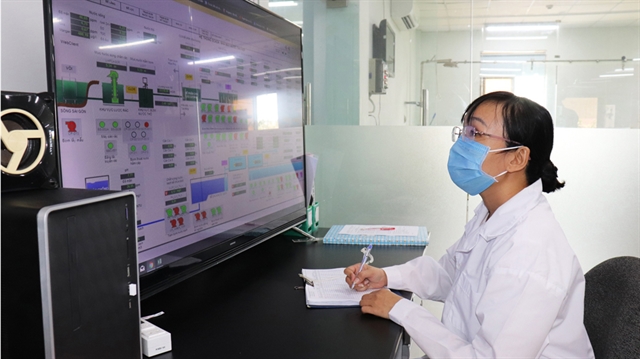
High-tech application on water supply management helps ensure water supply to customers
“Digital transformation is an inevitable trend in Viet Nam,” Tuan said, “It has improved efficiency with low investment cost. Many water supply enterprises in Ba Ria-Vung Tau and Binh Duong provinces and HCM City and Hai Duong City have been implementing digital transformation”.
However, he said, digital transformation at drainage enterprises still faces many difficulties because the investment in building urban drainage systems is not synchronised and many drainage units are not investors of the drainage system but only leased to operate under a service contract.
“Building a unified database and a management software for the whole industry will help synchronously manage the water supply in all steps from water sources, treatment, and distribution of enterprises. This is an issue that needs to focus on in the process of drafting legal documents on the water sector in the coming time,” he said.
In Binh Duong Industrial – Service and Urban Complex, Binh Duong Water and Environment Joint Stock Company (Biwase) has recently put into operation the expanded Tan Hiep Water Plant with an additional capacity of 100,000 cubic metres per day.
This project has contributed to ensure adequate water supply for Thu Dau Mot City, Ben Cat Town, Tan Uyen Town and surrounding areas.
New technologies such as inverter technology and soft start for pump units, laminar deposition technology as well as management software on water pressure and quality and water supply partition valve control have helped the company save electricity, reduce labour costs, and ensure water quality.
Nguyen Van Triet, Branch Manager of Tan Hiep Water Plant said that high-tech operation helps monitoring on cameras and smart phones of operators. Monitoring around the clock will ensure water quality and supply for customers.
Previously, the work required two people to be in charge, but now only one person can handle the job.
In addition, Triet said the company has encouraged people to change their habits of using electronic payments for their water bill instead of paying in cash.
Customers will be guided to install online payment applications or pay through internet banking.
The application of online payment helps the company manage the cash flow faster, more accurately and safely. Especially, it has saved up to 50 per cent of costs compared to direct collection, he said.
Nguyen Thi Lan Anh, resident of Phu Hoa Ward, Thu Dau Mot City in southern Binh Duong Province said she has been receiving notification of electricity and water bills by phone, so she can track the water consumption every month and control her family’s water usage.
“Normally, I pay the bills via the phone app. When there is a water problem, I just need to make a phone call and the problem will be solved one to two hours later,” she said.
Nguyen Van Thien, chairman of the Board of Directors of BIWASE said the company has been gradually automated by accessing and applying new technologies to catch up with the world’s water industry.
The company plans to restructure human resources. The staff operating and repairing equipment will be trained to do customer service to improve the job.
Nguyen Duy Hung, General Director of Hoa Binh Clean Water Joint Stock Company in northern Hoa Binh Province said the company has implemented a number of solutions on digital transformation to improve water supply services in Hoa Binh City as well as other districts in the province.
The company has installed pressure control sensor systems throughout the city to ensure water supply for people in remote areas.
According to the national water supply and drainage programme, Viet Nam targets to cover 80 per cent of urban areas with drainage system by 2025. Up to 50 per cent of wastewater in urban areas will be treated properly while 80 per cent in craft villages and 100 per cent in hospitals will be treated.
.jpg)
A view of To Lich River in Ha Noi. The construction of sluices and the main sewer line along the river aims to improve the living environment, natural ecosystem and sanitary conditions in the central urban areas of the river basin. — VNA/VNS Photo Tuan Anh
To be able to achieve the goals, Standing Vice President of the Vietnam Water Supply and Sewerage Association Tuan said it is necessary to review urban planning to ensure rooms for water storage and drainage in urban areas and suburban areas in order to control water flows in rainy seasons.
In urban areas, it is necessary to develop natural green areas, which cover at least over 20 per cent of the urban size and build reservoirs while combining appropriate drainage solutions for each basin.
Urban authorities at all levels should pay attention to developing plans for elevation of ground level and water drainage, and management and operation of drainage systems.
He also stressed the building of databases on natural conditions, especially data on rainfall frequency by regions to serve the forecasting of urban drainage systems.
Currently, there is no specialized law on water supply and drainage. In the future, we need to develop laws, he added. — VNS
According to VietnamNews



